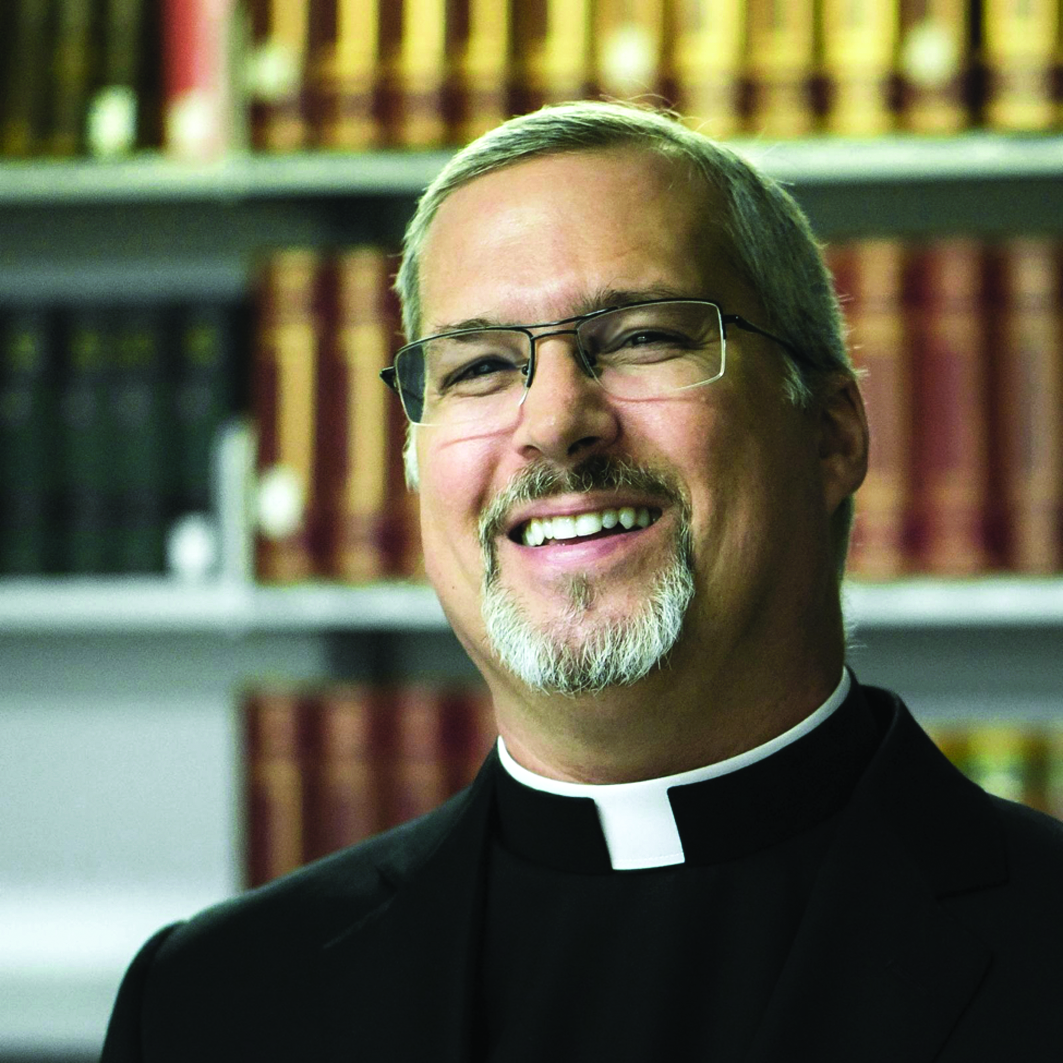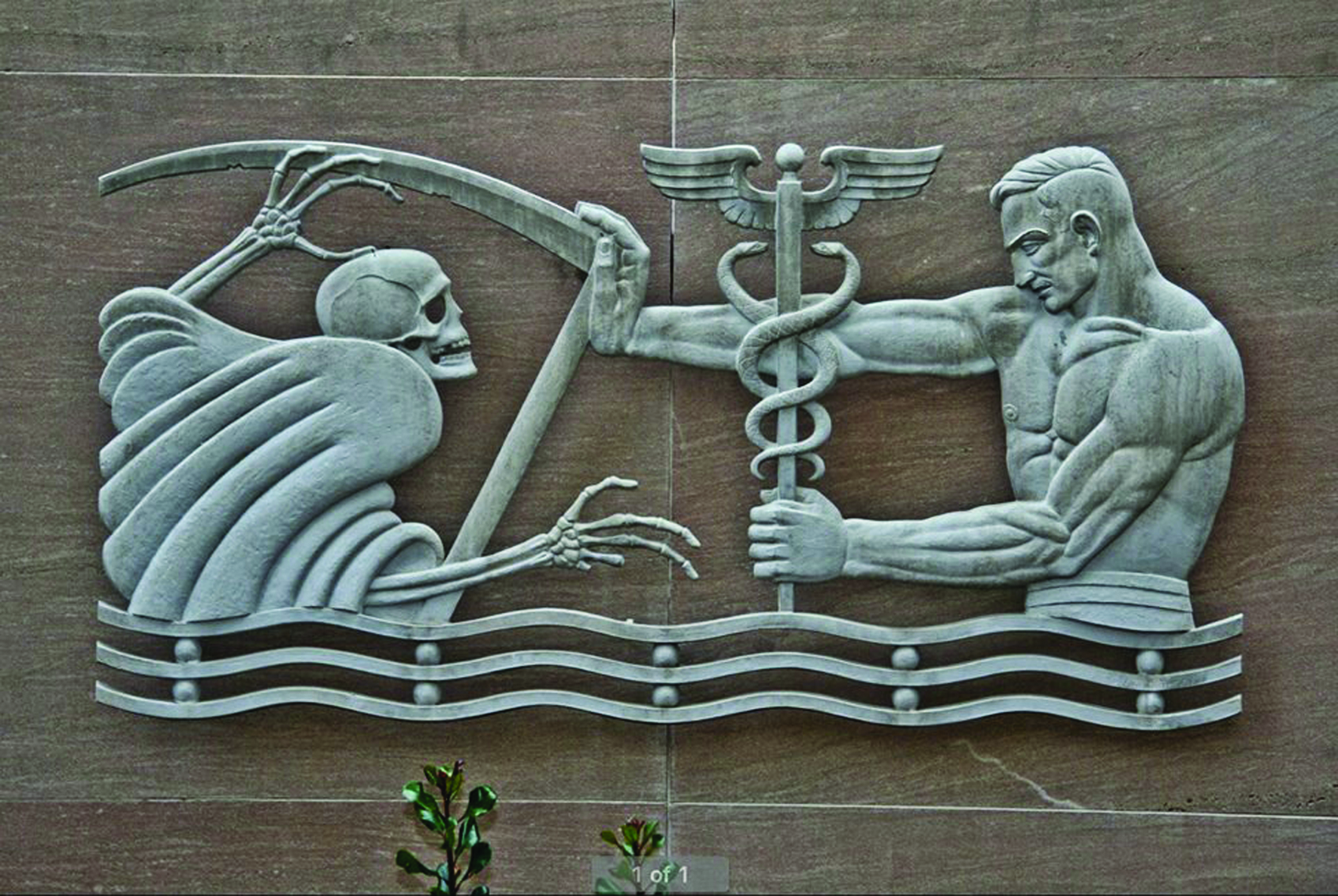
Holy Mass in St. Peter’s Basilica for the faithful of the Armenian rite, celebrated by Pope Francis and concelebrated by the Patriarch of the Armenian Catholic Church, Nerses Bedros XIX, in the presence of the Supreme Patriarch and Catholicos of All Armenians Karekin II and Patriarch Catholicos of Cilicia of the Armenian Apostolic Church Aram I (Galazka photo)
By Giuseppe Rusconi
On April 24, 1915, in Constantinople, with the incarceration and subsequent deportation of hundreds of Armenian community leaders, there began what Pope Francis defined, on Sunday, April 12, 2015, as “the 20th century’s first genocide, the widespread and insane extermination” of Armenian inhabitants of the Ottoman Empire. On this topic, a scholarly work (cover shown here) has recently been published (Völkermord an den Armeniern [The Armenian Genocide], Herbig Publishers, Munich) which sheds light on the events of a century ago in Turkey, taking into account never-before-released documents from the Vatican’s secret archives. The author is a 51-year-old German historian and journalist, Michael Hesemann. We had the good fortune to meet and talk with him at the Vatican Press Hall, where he is accredited.
Michael Hesemann, was it surprising for you, on Sunday, April 12 in St. Peter’s Square, to hear the Pope refer to the “widespread and insane extermination” suffered by the Armenians 100 years ago, echoing John Paul II’s words in his joint declaration with Armenian Catholicos Karekin II in 2001, and repeating its definition as the “first genocide of the 20th century”?
Michael Hesemann: I was present in St. Peter’s Square, and right away I felt great relief: Pope Francis, in disregard of Turkey’s heavy-handed diplomatic maneuvering which aimed at having him avoid using the term “genocide,” went ahead and did it. He did it right away, too, during his opening greetings at the celebration, which was officially defined as a “Holy Mass for the 100 years of the Armenian Martyrdom (Metz Yeghern).” Immediately I felt an enormous relief at this papal act of great courage and great authority. Through strong personal conviction, Francis desired to underline that the truth of the facts can triumph even over diplomatic pressure.
Can we assume that the decision wasn’t an easy one to make?
Hesemann: The Pope had already been well informed, with a huge amount of airtight historical documentation, on what had taken place in 1915 and afterwards. And while he was still Archbishop of Buenos Aires, he showed his friendship with the Armenians. In an audience in June 2013, as a diplomatic “indiscretion,” he used the word “genocide” when speaking with the Patriarch of Armenian Cilicia. So Pope Francis was quite conscious of what he would be saying on Sunday, April 12, 2015, in using that term twice: both in his opening greetings, and in the Message he gave to Armenian dignitaries at the close of the Mass. He thus rendered vain Turkey’s last attempt at stopping him. Not only this: the next day, Francis reaffirmed, in his homily at Santa Marta, that it is the duty of Christians to call things by their proper names.
Can it be thought, as some have already mentioned, that the Pope’s words may worsen the status of the few Christians residing in Turkey today?
Hesemann: Could anything make the condition of Christians in Turkey today worse than it already is? We are speaking about a country where discrimination is the bread and butter of daily life, where religious freedom is an alien expression. Priests and bishops have been killed without the circumstances of their murders ever being cleared up. Christians cannot build churches, and ancient churches have been desecrated and transformed into warehouses, museums and mosques. There is a systematic prevention of the formation of new priests: on the one hand, the state insists that seminarians study within the country, but on the other hand the same state closes seminaries and doesn’t allow new ones to be opened. These are times of the greatest persecution against Christians.
The genocide of a million and a half Armenians, and about another million of Arameans, Syrians and Greeks, is always contested, and anyone who speaks the truth is threatened and punished, even now.
Do we still need to show consideration towards such a country, given that its president considers Christians to be a scourge, and who threatens to make their lives more and more difficult? I believe that the truth helps Christians in Turkey more than yet another compromise, which would be the fruit of a tiptoeing diplomacy that is silently tolerant of a crime that cries out for justice. For this, I renew my thanks to the Holy Father for his grand, courageous and even prophetic gesture.
Since 2011, you have spent a considerable amount of time in the Vatican’s secret archives, researching documentation on what was referred to as the “Persecution of the Armenians.” One of the points that needed to be defined was whether a Turkish plan for the extermination of the Armenians truly existed…
Hesemann: Concerning this subject, I was able to consult around 2,500 pages of unpublished documents. And what I read proved to me that the plan really did exist. The Young Turks gained power, and a few years later they started carrying out the plan, with methodical brutality. The Young Turks found an ideological reference point in European nationalism, for which a state, to be strong, needed its population to be homogeneous.
The Ottoman Empire was multi-religious and pluri-cultural, so in that mindset it would be considered weak. When the Empire lost its Balkan provinces (an area whose Christian population aimed at independence and was sustained by Russia, for example), the Young Turks felt they could no longer wait: any minority was a danger, and needed to be exterminated through what was truly “ethnic cleansing.”
The idea was applied with success, unfortunately, together with a ringing silence on the part of the world powers: Hitler, during a Joint Staff meeting on August 23, 1939, during which he announced the invasion and annihilation of Poland, said, according to notes taken by one of those present, “Today, who talks about the extermination of the Armenians anymore?”
Can it be maintained that the Armenian Genocide served as a key example for carrying out the politics of annihilation of the Jews followed by the Nazi regime?
Hesemann: It certainly can. The Armenian Genocide was the direct model for the Holocaust. This is not a mere hypothesis: Hitler himself affirmed it, as you pointed out.
Deportations, death marches, concentration camps: the Turks did all of this before Hitler. The gas chambers were the only element invented by the Germans: the application of Teutonic precision to improve the efficiency of the annihilation, in the most cynical contempt for the human person.
Can it be mere coincidence that many members of the Nazi hierarchy served as soldiers in the Ottoman Empire, even Rudolf Höss, the commander of Auschwitz? Hitler admired the Turks; he considered Mustafa Kemal Atatürk his great example, even more than he did Mussolini. No surprises there: the ideology of the Young Turks, proponents of the Armenian Genocide, is protofascism in its purest form!
The Armenians were considered a particularly dangerous minority…
Hesemann: Yes, this is true. The Armenians were charged with treason, due to their strong ties to Imperial Russia, and their attempts at violent insurrection. Remember, in 1915, Talaat Bey, Turkey’s minister of the interior, told Johann Mordtmann, the German embassy counselor, that the Turkish government needed the war so Turkey could make a final reckoning with its internal enemies — Christians of all denominations — without being disturbed by foreign diplomatic intervention. This is confirmed in various documents I was able to study in the Vatican’s secret archive, including a report made by Abbot General Ghiurekian to Pope Benedict XV on July 30, 1915: among other comments, he stated, “Armenia without Armenians: this is the plan of the Ottoman government.”
It truly was an extermination, characterized by death marches…
Hesemann: Yes, the Armenian population was deported under the pretext that, once deported, they would not be able to rise up with help from the Russians. However, even those Armenians who lived far from the front were deported. Generally, the plan was carried out with extreme brutality. At first, nearly all the men from 17 to 70 years of age were separated from their families to be massacred. Women, children and the elderly were put into columns to be brought towards Syrian territory. Those who didn’t die on the way reached Aleppo… Father Norbert Hofer, superior of the Capuchin friars of the Armenian (now Turkish) city of Erzurum, made a report in the fall of 1915, in which he cited the witness of an Austrian priest, Father Dunkl: “In the courtyard of a large inn outside of Aleppo, I saw, seated on the bare ground, in the midst of their own excrement, several hundred women. Among them were many mothers who were clutching their babies, dead or still alive, to their breasts. All present were in a state of apathy, near death. A Protestant deaconess told me that every day she removed 20 or so corpses from the courtyard.”
Such a description needs no comment, and immediately calls to mind what took place during the other two great tragedies of the 20th century, mentioned by Pope Francis. We were discussing the “Turkization” of the Ottoman Empire, at the hand of the Young Turks: along with the Armenians, other minorities were also massacred…
Hesemann: I will answer you by citing another document I found in the Vatican’s secret archive, a report sent to the Holy See by Syriac- Catholic Patriarch Ignace Efrem II Rahmani: “The truth is that the Turks, alongside the Armenians, massacred other Christians as well: Syriac Catholics, Syrian Monophysites, Chalcedonians, Nestorians, etc…”
And Armenian Catholic Patriarch Boghos Bedros XIII Terzian, on his own part, confirmed, in a report dated June 18, 1916, “It is sure that the Ottoman government has decided to eliminate Christianity from Turkey before the world conflict is over. This is all taking place while the Christian world watches.” The numbers, too, confirm the genocide: in 1914 Turkey was 19% Christian, and today it is 0.2%. The goal of making Turkey an Islamic national state was reached.
What did the Vatican do to attempt to stop Turkey?
Hesemann: It did everything that was possible in that moment.
The first alarming reports reached Rome in June 1915; they found out about the massacre in July, and by August the situation was clear.
There was an attempt to get the German and Austro-Hungarian Empires, Turkey’s allies, involved, so that they would intervene on Constantinople.
But the Germans, being Prussian and Protestant, didn’t entertain any particular interest towards the situation: their primary concern was that of not irritating the Ottoman Empire, so that it would be on their side for the duration of the War.
And the Austro-Hungarians were too weak by then to intervene in any concrete way.
Pope Benedict XV could do no more than write a letter, on September 10, 1915, to Sultan “Sa Majesté Mahomet V.” His Apostolic Delegate, Monsignor Angelo Maria Dolci (extremely occupied, as were other religious, with humanitarian aid to the Armenians) was able to deliver this letter only six weeks later.
Mahomet V replied on November 19, assuring the Pope, among other things, that “our government, in correspondence with our desire, is continuing to work so that the transfer of the population can be carried out in a supportable manner.”
Meanwhile, the “death marches,” and part of the massacres, had already been carried out; in the end, around 1.5 million Armenians had been exterminated.











Facebook Comments